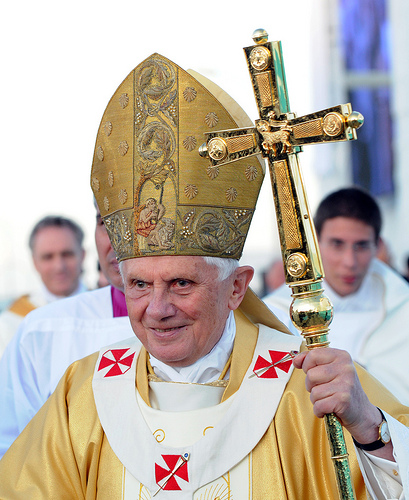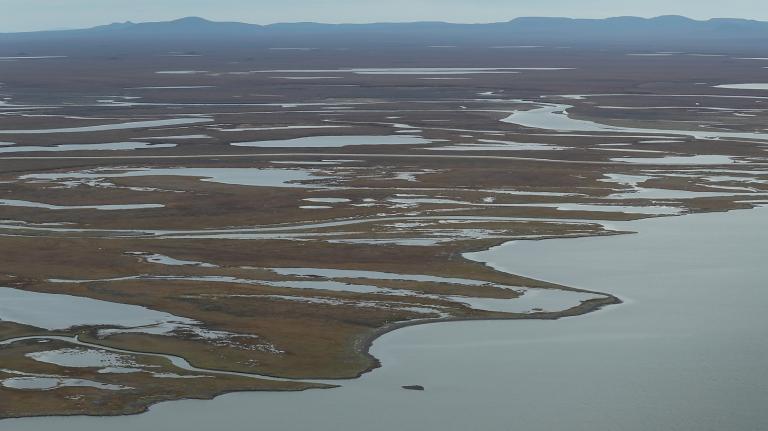 The Pope recognizes the dangers of climate change.Photo: CatholicismCross-posted from GreenLaw.
The Pope recognizes the dangers of climate change.Photo: CatholicismCross-posted from GreenLaw.
Those of us who believe the overwhelming number of scientists who document and report on the existence of climate change tend to use those scientific conclusions to convince skeptics. There may be a better way. There are a number of institutions respected for their credibility and cautious approach to facts that have adopted this science and acted on the conclusion that climate change is occurring, that it is caused by us, and that the consequences are alarming.
The U.S. Securities and Exchange Commission, for example, requires companies to disclose material consequences [PDF] of projected climate change on their business. The Department of Defense [PDF] has identified that climate change “may act as an accelerant of instability or conflict,” as it “contribute[s] to food and water scarcity … [and increases] the spread of disease.” A study for Congress, co-chaired by a retired Navy admiral, “concluded that climate change is a ‘threat multiplier’ that adds new and unpredictable dangers to global physical and political stability.” In addition, the Supreme Court legally recognized that climate change is occurring in its Massachusetts vs. EPA decision. Justice John Paul Stevens stated that:
The harms associated with climate change are serious and well recognized. Indeed, the NRC Report itself — which EPA regards as an ‘objective and independent assessment of the relevant science,’ identifies a number of environmental changes that have already inflicted significant harms, including ‘the global retreat of mountain glaciers, reduction in snow-cover extent, the earlier spring melting of ice on rivers and lakes, [and] the accelerated rate of rise of sea levels during the 20th century relative to the past few thousand years. [Citations omitted.]
Outside the United States government, various other organizations recognize the reality of climate change. The Vatican sent a representative to the UN Conference on Climate Change to promote “an effective mitigation and adaptation to ongoing climate change.” Following the Copenhagen meeting, the Pope “denounced the failure of world leaders to agree to a new climate change treaty.” The insurance community has identified climate change as a threat to many geographic areas. In fact, Munich Reinsurance recognized the threat of climate change as early as 1973 [PDF]. This recognition has now spread throughout the insurance industry. Some insurance companies simply will not insure areas facing increased threats by natural disasters induced by climate change.
Foreign governments in Europe, Asia, and Latin America have officially recognized climate change. As a result, those foreign economies have seen growth in their clean technology sectors, while “[domestic clean technology’s] competitive position [is] ‘at risk’ in the United States because of ‘uncertainties surrounding key policies and incentives.'”
Greenhouse gas continues to accumulate in the atmosphere. As concentrations rise, so do global temperatures, and the recognition that this trend has consequences. Using the increasing number of respected voices that are accepting the facts, assessing the risks, and developing strategies in response is an effective method of moving this critical discussion forward.


